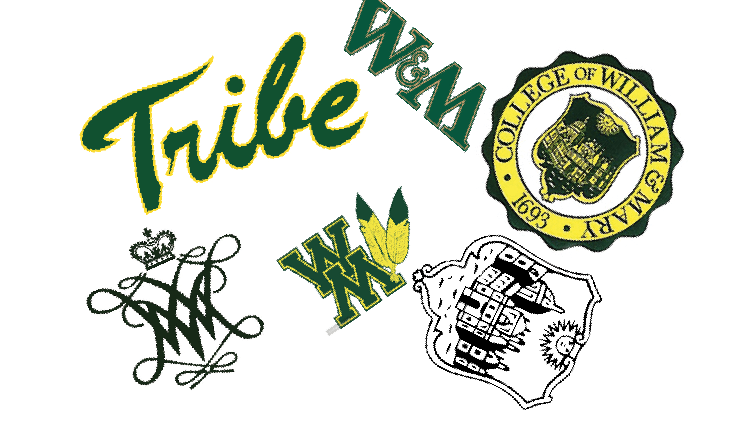Four years ago, College of William and Mary President Taylor Reveley made a request of the Visual Identity Committee: Engage the public with a singular logo. Since then, researchers at the College have been working to create an image which will unify all aspects of the College community and clearly communicate what the school represents.
Reveley’s memorandum to the Visual Identity Committee asked them to recommend how best to use logos, marks and mascots to create a cohesive visual image for the university.
Researchers at the College are trying to subtly synthesize those various icons into a unified logo that will serve as the main theme of the College, otherwise known as a message platform.
“A message platform helps form the foundation of our campus communications,” Director of Creative Services Tina Coleman said. “It isn’t a tagline — more a way of framing our communications’ themes and voice.”
Researchers and artists have surveyed members of the College community to learn what they want to see in the singular logo.
“[We gathered data] from the entire William and Mary universe,” Associate Vice President of Marketing, Communications and Stewardship at the College Jake Perez said. “We surveyed students, faculty, prospective students, … alumni as well.”
College Marketing and Communications Manager Ian Johnson said the group valued the various opinions they received.
“Feedback is very important when you go through a process like this,” Johnson said. “We wanted to know what everyone [thinks] about the logo concepts and also provide them the necessary background and context behind those choices.”
The committee members said that the logo will not discard any existing insignia, but will incorporate them into a common platform.
They said the redesign is all about clarity.
Perez emphasized how the College’s history helped inspire the new logo. Alumni in particular, Perez said, have different aesthetic ideas than prospective students, and the new logo must try to reconcile those values.
“It’s very personal for a lot of people,” Coleman said.
In the data the committee has collected, patterns are already emerging.
“The word ‘history’ and the phrase ‘public ivy’ keep coming up,” Johnson said.
Perez explained that boosting the school’s scholastic emphasis is also important.
“We have people telling us, ‘William and Mary taught me how to think,’ and it’s ideas like that we need to communicate in our design,” Perez said
A typical logo redesign process can take between six to nine months. For this particular project, however, research is so detailed that the committee has trouble estimating when the finished project will be available to College community. The committee is confident that, with careful research, they will eventually succeed in fulfilling Reveley’s request.
“Currently, there is no clear guide for communicators and outside designers to reference when putting together print materials, websites or licensed merchandise,” Coleman said. “By choosing a primary logo and a family of existing logos, we can better portray one William and Mary to everyone in the community.”

